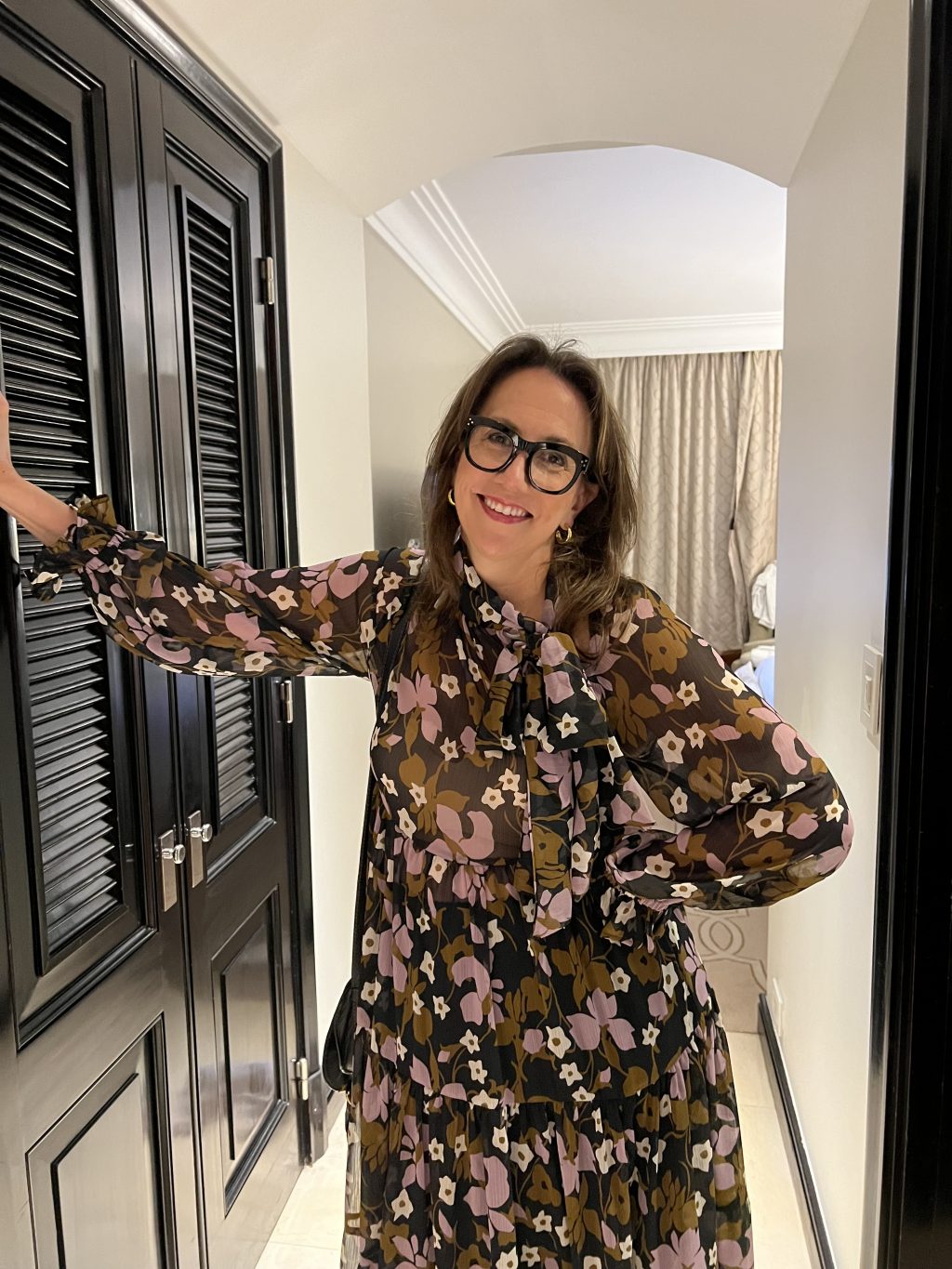Many strands of interest and expertise came together 15 years ago when Bridget Russo first opened her firm Manhattan Apartment Stagers. She was an artist, worked as an administrator for dance companies, and then pivoted to earn her degree in interior design from Parsons. Working at a job she loved for an antiques dealer who specialized in 18th and 19th-century furniture introduced her to the world of interior design in New York. She learned a lot about clients with different tastes and budgets, and made many contacts.
A few years later, a friend who wanted to sell her loft in Chelsea asked Bridget for advice on how to produce the best effects to attract buyers. They completed this project together, brought in a sale, and then decided they could “hang up their own shingle” and provide similar services to other clients. The two partners opened a home staging business together, based in Bridget’s Upper West Side apartment at 251 West 89th Street.
From the beginning, they knew they had a good thing going. As young mothers, the business suited their need for flexibility. They also liked the idea of engaging this way with clients.
The art of staging is a complex process, Bridget explained. It is intertwined with the expert salesmanship needed to bring home owners and buyers to a happy conclusion. The goal is a win-win that provides a satisfactory price point for the real estate buyer supporting the investment in what they feel will be a wonderful new living space that meets their needs and possibly realizes a dream, and delivers to the seller the funds needed to move on. Bridget meets the majority of her clients through referrals from real estate brokers.
During this process, there is often angst and uncertainty for sellers about to how best to present their property for sale. Few apartments sell themselves if they are filled to the brim with a lifetime of memorabilia and furnishings. Totally emptied, a bare apartment may create a sense of exciting possibility or be utterly overwhelming. With sizeable sums at stake, most buyers and sellers want to maximize their chances of getting the best deal. Slides showing before-and-after photos of some recent staging projects clearly illustrate the impact of Bridget’s work.
On meeting with a seller, Bridget discusses her design ideas with the client’s suggestions to arrive at a staging proposal informed by photos of completed projects on her website. The question sometimes arises whether it might be cheaper to buy furniture from a discount retailer rather than renting from Manhattan Apartment Stagers, but the downside would be a loss of time and the need to coordinate multiple deliveries and furniture assembly.
Manhattan Apartment Stagers is an example of the service many brokers refer to their clients to ease the path to successfully matching buyers and sellers. Bridget said she generally goes for the simplicity of contemporary furnishings and neutrality in color. Artwork can provide pops of color, but the idea is to produce a pleasing effect that will appeal to many potential buyers with varied tastes. “No red walls or controversial art,” Bridget noted. Interestingly, many home buyers know their needs and preferences, such as being able to watch their young children at play. Still, they cannot visualize these activities in an empty space.
Bridget maintains a warehouse in New Jersey filled with an extraordinary variety of home furnishings. Along with her team of assistants, carpenters, and painters, Bridget can usually stage an apartment within one to three days so that a potential buyer can walk through an appealing kitchen, family room, and dining room set for dinner or a workspace settled in a foyer. Bridget said she often stages a large apartment to suggest how it could be used by a family with a few children or how a small apartment might best accommodate someone’s home office.
These projects frequently come with challenges related to budget and personal taste. Recently, she viewed a townhouse in Harlem so large that only two or three rooms could be staged affordably. On a different job, the seller hoped to stage the apartment with antiques. As the large residence would most likely appeal to a family, Bridget aimed to convince the seller that incorporating antique furniture could be less appealing to a young family. On the other hand, antiques and formality may provide just the upscale tone for a couple who want to live in style on Park Avenue. In this scenario, Bridget would stage a formal dining room, even if the buyer eventually decided to eat in the kitchen and use the dining room as a playroom.
Following a sale, Bridget recognizes that how new owners actually live in the apartment may be very different from what initially drew them as buyers. “If I wanted to sell my apartment, I would have to stage it,” she said. We have lived with the desk in the middle of the living room because that’s where the kids (now 25 and 27) wanted to do their homework.”

 By
By 